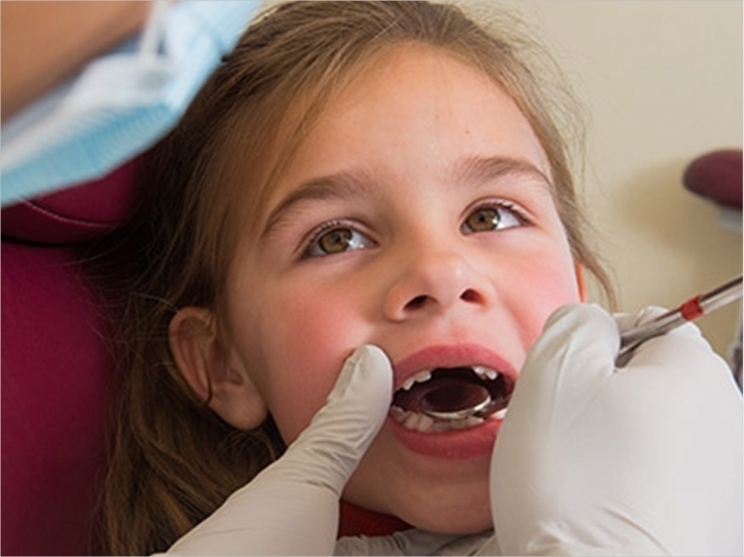
Drilling and filling might not be the best strategy for addressing caries in primary teeth, report researchers in the United Kingdom. Comparing three different treatment options, the three-year study found no evidence that conventional fillings were more effective than sealing decay or than using prevention alone in stopping pain and infection.
The study comprised 1,144 children between the ages of three and seven and their parents as well as 72 National Health Service (NHS) dental clinics in the UK. The largest of its kind to date, the FiCTION trial also found that 450 children of 43% who took part experienced tooth decay and pain regardless of which kind of dental treatment they received.
“Our study shows that each way of treating decay worked to a similar level but that children who get tooth decay at a young age have a high chance of experiencing toothache and abscesses regardless of the way the dentist manages the decay,” said professor Nicola Innes, PhD, BDS, chair of pediatric dentistry at the University of Dundee and lead author.
“What is absolutely clear from our trial is that the best way to manage tooth decay is not by drilling it out or sealing it in. It’s by preventing it in the first place,” said Innes.
The children were recruited by dentists working in the 72 clinics. Then, one of the three treatment approaches was chosen randomly for each child’s dental care for the duration of the trial. All three methods were acceptable to the children, parents, and dental professionals.
The first approach avoided placing any fillings and aimed to prevent new decay by reducing sugar intake, ensuring twice-daily brushing with fluoridated toothpaste, application of fluoride varnish, and placing fissure sealants on the first permanent molars.
The second option involved drilling out tooth decay, which has been the standard practice for more than 50 years, together with preventive treatments. The third treatment strategy was a minimally invasive approach where tooth decay was sealed in under a metal crown or filing to stop it progressing together with preventive treatments.
The researchers said they found no evidence that any of the strategies was better than the others in terms of making a difference in the children’s experience of pain or infection, quality of life, or dental anxiety between the groups.
Sealing-in with preventive treatment was most likely to be considered the best way of managing children’s decay if society would be willing to pay a minimum of £130 to avoid an episode of pain or infection, the researchers said.
“The FiCTION findings have focused attention again on the need to prevent dental decay before it begins but also provided some reassurance that if decay does develop in a child’s mouth, there are a number of treatment options available which can be tailored to the clinical and behavioral needs of an individual child,” said professor Anne Maguire, BDS, PhD, chair of preventive dentistry at Newcastle University and co-chief investigator.
“All of the children in our study were chosen to take part because they already had tooth decay and unfortunately even with lots of care and attention from the dentist once children have decay, there’s quite a chance that it will cause further problems,” said professor Gail Douglas, chair of dental public health at the University of Leeds and one of the chief investigators.
“The good news, however, is that tooth decay can be prevented. Brushing your teeth with fluoride toothpaste, especially last thing before bedtime, avoiding sugary drinks and snacks between meals, and seeing a dentist regularly are all small habits that can help boost the overall health of your teeth,” said Douglas.
“FiCTION highlights the importance of preventing tooth decay in our youngest children. I believe the key to success in prevention lies within families and communities,” said Tom Ferris, chief dental officer of Scotland.
“For this reason, the Scottish government launched the Oral Health Community Challenge Fund for Third Sector organizations working alongside families living in our most disadvantages areas. The activities from these projects complements our mainstream Childsmile work in education and health settings,” said Ferris.
The study, “Child Caries Management: A Randomized Controlled Trial in Dental Practice,” was published by the Journal of Dental Research.
Related Articles
Project to Tackle Oral and Systemic Health Education in Appalachia
Nova Scotia Schools Move from Mouth Rinse to Fluoride Varnish
SSB Consumption Significantly Declines Among Children and Adolescents











